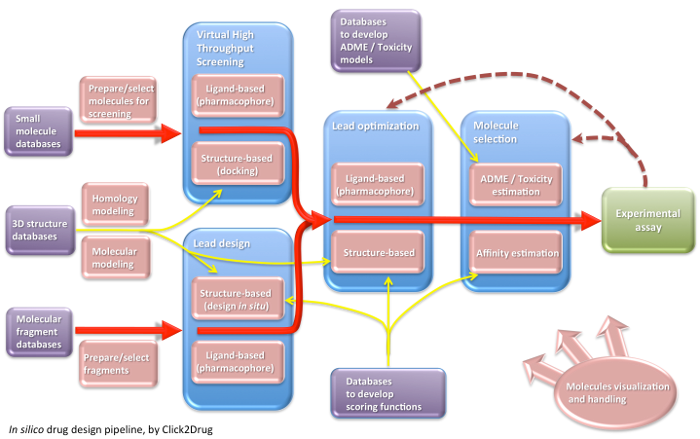3d Qsar Software Update

The category approach used in the Toolbox: • Focuses on intrinsic properties of chemicals (mechanism or mode of action, (eco-)toxicological effects). • Allows for entire categories of chemicals to be assessed when only a few members are tested, saving costs and the need for testing on animals. • Enables robust hazard assessment through mechanistic comparisons without testing. The QSAR Toolbox is a software intended to be used by governments, the chemical industry and other stakeholders to fill gaps in (eco-)toxicity data needed for assessing the hazards of chemicals. The Toolbox incorporates information and tools from various sources into a logical workflow.

Qsar Software Free Download Full Version. Downloads: 2. Freecom dvb-t usb stick serial number free download links. 2D and 3D descriptors are. 3D Backgammon. Backgammon 3D is a 3D visualization of a classical board game - Backgammon. Now you can play with your computer not only on a flat screen, but also.
Grouping chemicals into chemical categories is crucial to this workflow. More about (Q)SARs . NEWS February 2018 QSAR Toolbox 4.2 now available for. The new version enhances the functionalities introduced in version 4.1, but also includes new features that can help companies preparing their registrations for the May 2018 deadline. For more details consult the release notes. August 2017 QSAR Toolbox 4.1 now available for. The new version enhances the functionalities introduced in version 4.0, but also includes new features that can help companies preparing their registrations for the May 2018 deadline.
For more details consult the.
Computational chemistry represents molecular structures as a numerical models and simulates their behavior with the equations of quantum and classical physics. Ben 10 Ultimate Alien Season 2. Available programs enable scientists to easily generate and present molecular data including geometries, energies and associated properties (electronic, spectroscopic and bulk). The usual paradigm for displaying and manipulating these data is a table in which compounds are defined by individual rows and molecular properties (or descriptors) are defined by the associated columns. A QSAR attempts to find consistent relationships between the variations in the values of molecular properties and the biological activity for a series of compounds so that these 'rules' can be used to evaluate new chemical entities.